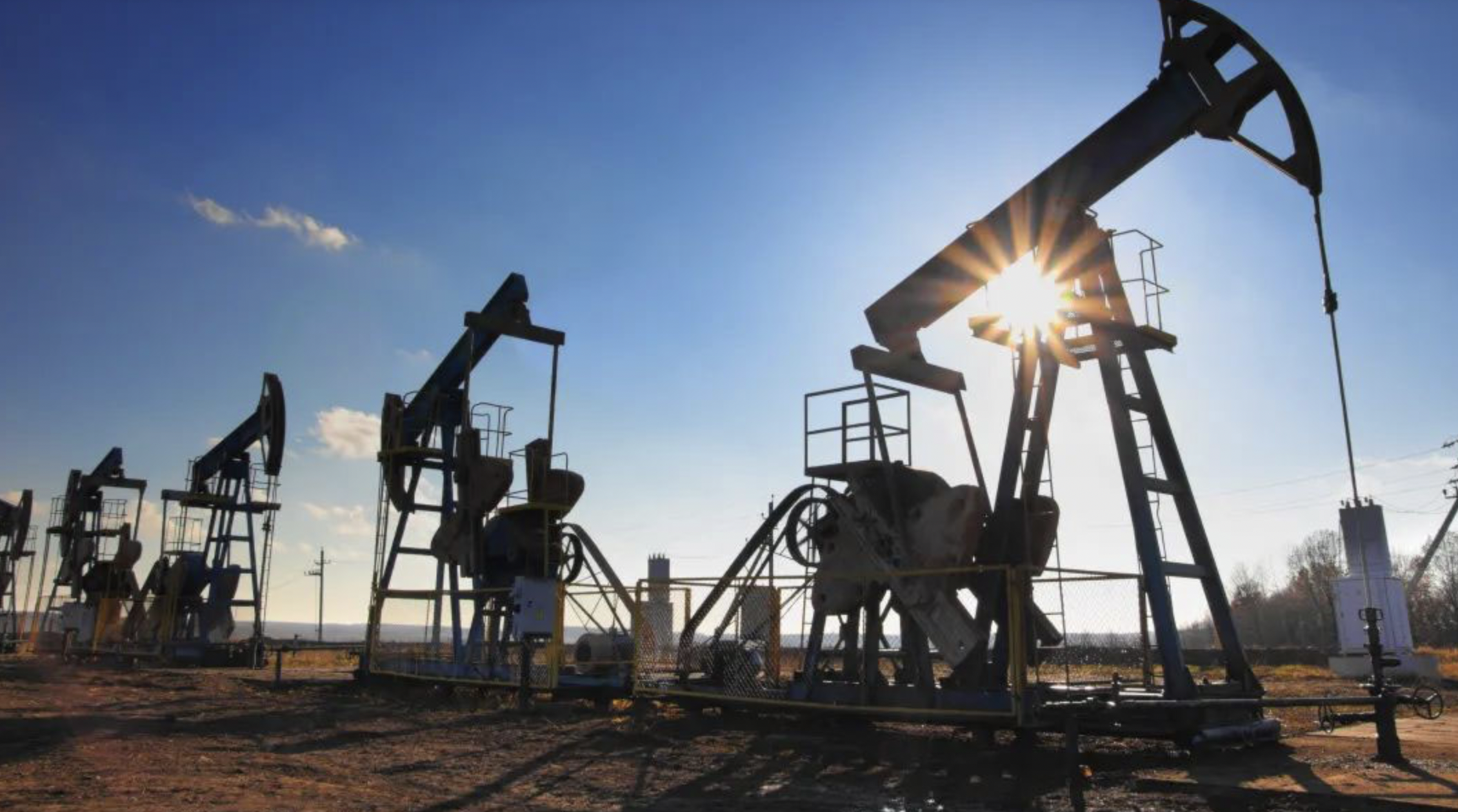Views: 0 Author: Site Editor Publish Time: 2025-04-22 Origin: Site












The long-term stability and reliability of quartz accelerometers in the oil industry are affected by various factors. The following analysis will be carried out from four aspects: environment, machinery, electricity, and time:
Environmental Factors
· Temperature Variation: In the environment of the petroleum industry, the temperature fluctuates within a wide range. From the extremely cold polar regions to the high-temperature desert oil wells, there are drastic temperature changes. Although quartz materials have relatively good thermal stability, significant temperature changes can still cause the thermal expansion and contraction of quartz crystals, leading to a change in the resonant frequency and affecting the measurement accuracy. In addition, temperature changes can also impact the performance of the internal circuit components of the accelerometer. For example, changes in the values of resistors and capacitors can further affect the stability of the entire system.
· Influence of Humidity: A high-humidity environment may cause the electronic components inside the quartz accelerometer to get damp, leading to problems such as short circuits and corrosion. Especially in offshore oil platforms or underground oil wells where the humidity is relatively high, water vapor will adhere to the surface of the circuit and quartz crystals, altering their electrical properties and reducing the reliability of the accelerometer.
· Chemical Corrosion: There are various chemical substances in the petroleum industry, such as sulfur-containing compounds and acidic gases. These chemical substances will corrode the housing and internal components of the accelerometer, damaging the structure of the quartz crystal and the circuit connections, resulting in an increase in measurement errors and even equipment damage.
· Dust and Impurities: In the oil extraction sites in desert areas, dust can easily enter the inside of the accelerometer, wearing down the moving parts and affecting its mechanical performance. At the same time, tiny particles in the dust may adhere to the surface of the quartz crystal, interfering with its vibration characteristics and reducing the accuracy and stability of the measurement.
Mechanical Factors
· Vibration and Impact: During the oil extraction process, drilling equipment, oil pumps, etc. will generate strong vibrations and impacts. These mechanical forces may loosen the quartz crystals and circuit connections inside the accelerometer, resulting in the drift of the resonant frequency and unstable signal transmission. Long-term vibrations may also cause fatigue damage to the quartz crystals, shortening their service life.
· Installation Method: Incorrect installation methods will impose additional stress on the accelerometer. If there are problems such as misaligned installation holes and uneven tightening force of bolts during the installation process, it will cause the housing of the accelerometer to deform, thereby affecting the normal operation of the internal quartz crystals and reducing its measurement accuracy and stability.
Electrical Factors
· Electromagnetic Interference: In the oil industry field, there are a large number of electrical equipment, such as motors, transformers, etc., which will generate complex electromagnetic fields. These electromagnetic interferences may be coupled into the signal lines of the accelerometer, resulting in the distortion of the measurement signal and affecting the accuracy of the measurement results. In addition, electrostatic discharge may also damage the electronic components inside the accelerometer and reduce its reliability.
· Power Supply Stability: Unstable power supply will affect the normal operation of the internal circuit of the accelerometer. Problems such as voltage fluctuations and current ripples may cause abnormal operation of circuit components, affect the excitation of the quartz crystal and signal processing, thus reducing the measurement accuracy and long-term stability of the accelerometer.
Time Factors
· Component Aging: As the usage time increases, the electronic components inside the accelerometer will gradually age. For example, the capacitance value of a capacitor will change, the resistance value of a resistor will drift, and the performance of a transistor will decline. These problems caused by component aging will lead to a gradual deterioration of the performance of the accelerometer and an increase in measurement errors.
· Performance Degradation of Quartz Crystal: Although the quartz crystal has good stability, after long-term use, subtle changes may occur in its internal structure, resulting in a long-term drift of the resonant frequency. This performance degradation will affect the long-term measurement accuracy and reliability of the accelerometer.